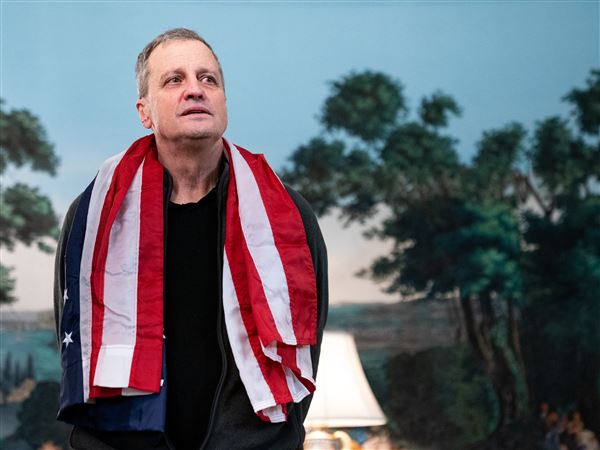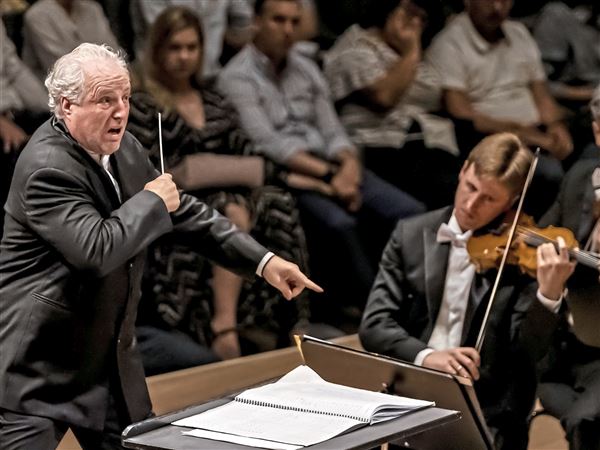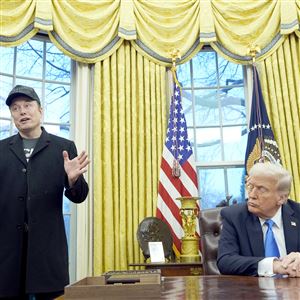I understand and sympathize with concerns about what to make of the Stephen Foster statue and what to do about it (“What to Do With Foster Statue With a Black Man at His Feet?” Aug. 19). However, the statue should not be lumped in with those of Robert E. Lee and other Confederate figures that are currently roiling the nation. Those Confederate statues were meant to demonstrate white hegemony by way of the soldier on horseback. They are an assertion of power and dominance. As such, their right to occupy public space is problematic. But the Stephen Foster statue is different.
Foster was no racist. He was one of the first whites to appreciate the power and quality of black music. He went out of his way to meet, talk with, listen to and learn from black musicians in Pittsburgh. That said, this is a statue of Foster, and so one can understand the sculptor's decision to make Foster the larger figure. But the unnamed black musician is the one making the music; Foster is simply transcribing notes, showing how his music is being inspired by the black figure. The black figure is dressed in simple, tattered clothes, but one could read that as saying that his humble place in life has nothing to do with his musical talent and creativity.
Foster’s songs do not demean blacks, but they do romanticize the South and the position of blacks in the South. That is a problem. But Foster, thankfully, stands apart from others in portraying blacks in a sympathetic fashion. Unfortunately, after Foster’s passing, racists took his music and, through the covers of sheet music, stereotyped blacks in truly demeaning ways. But Stephen Foster himself, and this statue in particular, does not do that. A careful look at the figure of the black musician shows that it portrays him as humble but proud. He looks into space, not up at Foster. The statue has long provided a teaching moment for students in my course, History of Black Pittsburgh.
LAURENCE GLASCO
Associate Professor, History Department
University of Pittsburgh
Oakland
First Published: August 21, 2017, 4:00 a.m.














